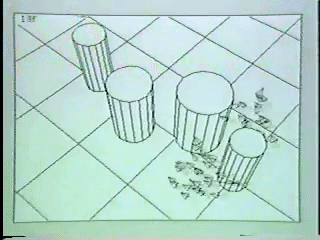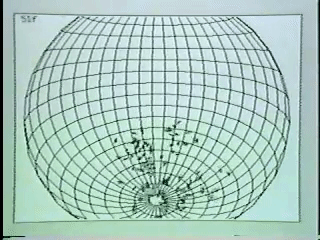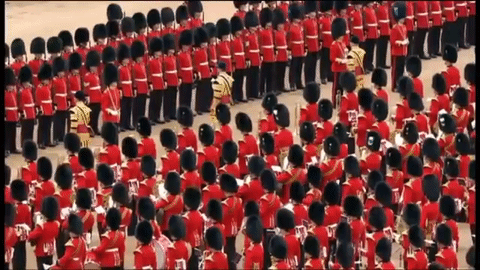Artificial Life and decentralised systems
Decentralised systems are systems in which complex behaviours emerges from simple interactions between many agents, such as birds, cells, people driving cars or market traders, over time.

These systems, sometimes also known as Complex or Dynamical Systems, are increasingly being used to explain fluctuations of the stock market, the movement of traffic, natural ecosystems and more recently the workings of the mind.

In his book, ‘Termites, Turtles and Traffic Jams’ Mitchel Resnick describes decentralisation as a completely different way of thinking about the world. Understanding decentralised systems runs counter to our intuition that things are the way they are because someone or something is controlling in control and organising things from a central point. A good example of this is the flocking of birds and the common misconception that flocking movement is organised and coordinated by a leader bird.

Many highly organised group behaviours happen without any one member of the system being in charge or even having a complete overview of what is happening. Group behaviours such as flocking, emerge from lots of local interactions between agents (in this case birds), over time. This works best when there are lots of agents interacting, following simple rules that define their behaviour. In the case of birds, flocking behaviour happens when birds follow 3 very simple rules. These rules were defined by Craig Reynolds to create Boids, computer generated flocks of birds.


These Boid simulations have shown us that behaviours like flocking can occur without a leader bird or centralised manager of any kind. Boids are a good example of a decentralised system because from the interaction of many Boids at a local level, a complex and unpredictable behaviour emerges at a colony level.

We are used to using metaphors of containment and centralised organisation to describe our thoughts and feelings, describing our emotions spilling over, imagining memories to be filed away or ideas to be computed in logical sequences.


Over the past 50 years cognitive scientists have been exploring and recreating decentralised thought processes, that run many different and even conflicting thought processes at the same time. The idea that the human mind is more like a flock of birds or a colony of termites than a well organized filing cabinet or even a desktop computer challenges who and what we we think we are. This is a huge shift in the way we understand ourselves and each other.

This project aims to develop new conceptual, creative and technical tools to support people to explore these ideas, by describing their thoughts as agents in decentralised mental and emotional systems.
